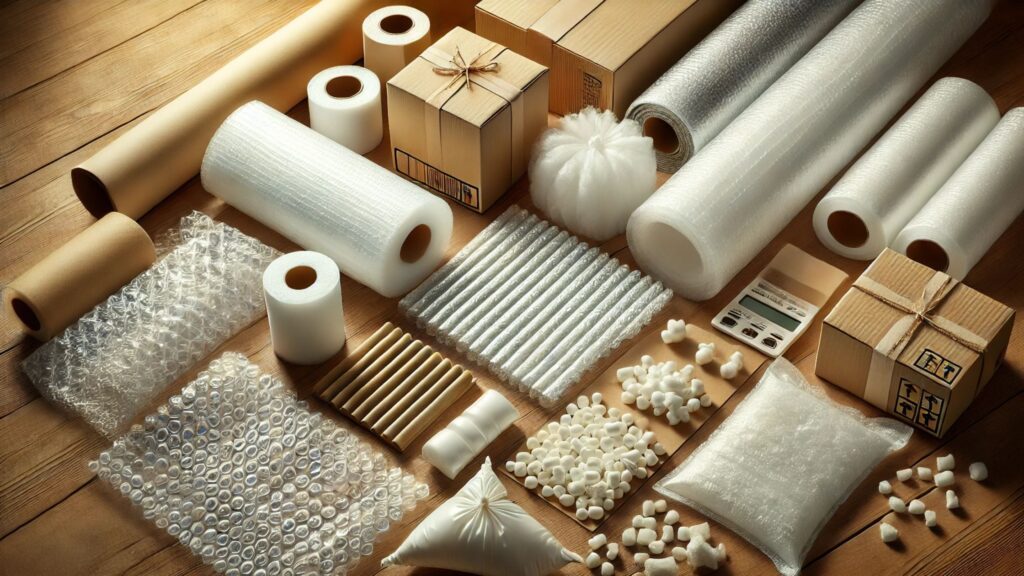What is Protective Packaging: In today’s fast-paced and globalized world, businesses rely on secure and efficient packaging to ensure that products reach their destinations safely. This is where protective packaging comes into play. But what is protective packaging, and why is it so crucial?
What is Protective Packaging?
Protective packaging refers to materials and techniques used to safeguard goods from damage during storage, handling, and transportation. It is designed to protect items from physical damage, moisture, temperature fluctuations, and other external factors that could compromise product integrity.
Types of Protective Packaging
There are various types of protective packaging, each catering to different needs and industries. Some common forms include:
- Bubble Wrap – Provides cushioning and absorbs shocks to prevent breakage.
- Foam Packaging – Offers superior protection for fragile items, reducing vibration and impact damage.
- Corrugated Cardboard – Used for packaging boxes, adding an extra layer of protection.
- Packing Peanuts – Fill empty spaces in a package, preventing movement and reducing the risk of damage.
- Air Pillows – Lightweight and effective at absorbing shocks during transit.
- Stretch Film and Shrink Wrap – Secures multiple items together and protects against dirt, dust, and moisture.
Benefits of Protective Packaging
Investing in quality protective packaging offers several advantages, including:
- Product Safety: Reduces the risk of damage, ensuring items arrive in pristine condition.
- Cost Savings: Minimizes losses from damaged goods, reducing the need for replacements or refunds.
- Customer Satisfaction: Enhances the customer experience by delivering products in perfect condition.
- Eco-Friendly Options: Many protective packaging materials are now recyclable or biodegradable, reducing environmental impact.
Choosing the Right Protective Packaging
Selecting the right protective packaging depends on factors such as the nature of the product, shipping distance, and environmental considerations. Businesses should assess their packaging needs and opt for materials that offer the best protection while aligning with sustainability goals.
Conclusion: What is Protective Packaging
So, what is protective packaging? It is an essential component of modern logistics, ensuring that products remain safe throughout their journey. By choosing the right materials and techniques, businesses can protect their goods, reduce costs, and enhance customer satisfaction. Whether shipping delicate electronics, perishable goods, or bulky items, protective packaging is the key to ensuring a secure and successful delivery.
Related Articles
- The Art and Science of Packaging | Trends, History & Future
- Bubble Wrap Packaging: The Ultimate Solution for Product Protection
- Protective Packaging Materials: Ensuring Product Safety and Sustainability
- Shrink Packaging: The Ultimate Solution for Product Protection and Presentation
- Cosmetic Packaging: Trends, Sustainability & Brand Identity
- Candle Packaging: Enhance Your Brand with Creative & Sustainable Designs
- The Future of Sustainable Food Packaging: Innovations and Trends
- The Art of Chocolate Bar Packaging: A Sweet Blend of Design and Functionality
- T Shirt Packaging: The Ultimate Guide to Making a Lasting Impression
- Types of Tertiary Packaging: Essential Solutions for Logistics & Shipping

